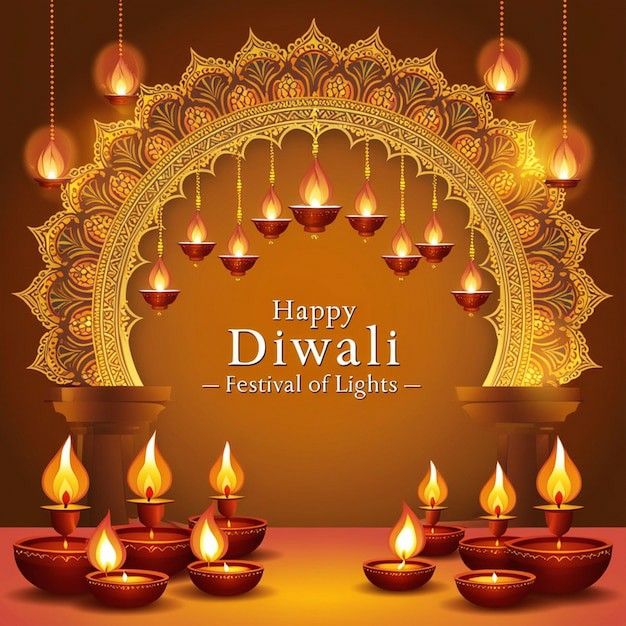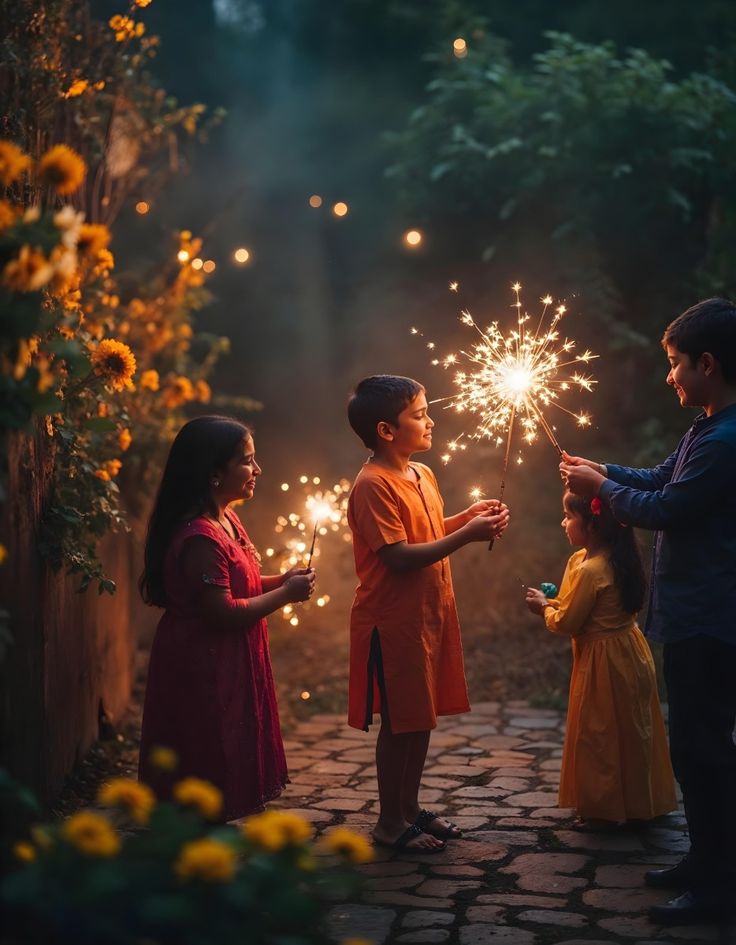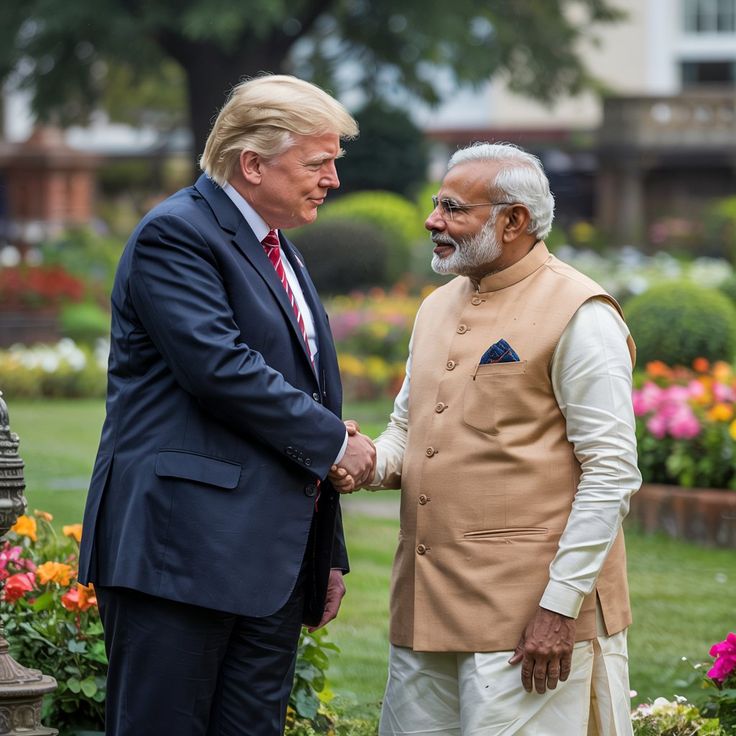As the autumn air turns crisp and cities twinkle under a thousand golden lamps, India stands on the brink of its most radiant celebration. Diwali 2025 is not just a festival — it’s a feeling, a moment of renewal where every flicker of a diya whispers hope, unity, and the promise of brighter days ahead.
A Nation Ready to Shine Again
Every year, as October draws near, the rhythm of life across India begins to change. Streets sparkle with fairy lights, homes buzz with laughter, and the aroma of sweets drifts through the air. This year, Diwali — or Deepawali — falls on October 20, 2025, and the excitement has already begun to sweep through cities, towns, and villages alike.
Known as the Festival of Lights, Diwali is more than a cultural celebration — it’s a spiritual reminder that light always triumphs over darkness, knowledge over ignorance, and good over evil.
From the lanes of Varanasi glowing with a million diyas to the skyscrapers of Mumbai dressed in dazzling decorations, India’s festive heart beats stronger than ever.
The Meaning Behind the Lights
The word Deepawali originates from Sanskrit — Deepa meaning light and Avali meaning a row — symbolizing rows of lamps that illuminate homes and hearts.
According to Hindu mythology, Diwali commemorates Lord Rama’s return to Ayodhya after 14 years of exile and his victory over the demon king Ravana. The people of Ayodhya welcomed their beloved prince by lighting earthen lamps — diyas — in every corner of the city.
Over centuries, this tradition has evolved but never lost its soul. Each diya still symbolizes the victory of righteousness and the dispelling of spiritual darkness.
Five Days of Joy and Togetherness
Diwali is not just a single day of festivity — it’s a five-day celebration filled with rituals, stories, and joy shared with loved ones.
Day 1 — Dhanteras (October 17, 2025):
The festival begins with prayers to Goddess Lakshmi, the deity of wealth and prosperity. People buy gold, silver, or new utensils, believing it brings good fortune. Markets come alive with glittering jewelry and festive deals.
Day 2 — Naraka Chaturdashi or Choti Diwali (October 18):
On this day, Lord Krishna’s victory over the demon Narakasura is remembered. Homes are cleaned, and decorative rangolis start appearing at doorsteps.
Day 3 — Main Diwali (October 20):
The grand night of illumination! Families light diyas, exchange gifts, and offer prayers to Goddess Lakshmi and Lord Ganesha. The sky fills with fireworks, symbolizing the joy of life.
Day 4 — Govardhan Puja (October 21):
This day honors Lord Krishna’s lifting of the Govardhan Hill to protect villagers from torrential rains — symbolizing faith and divine protection.
Day 5 — Bhai Dooj (October 22):
The festival concludes with the celebration of sibling love, as sisters pray for their brothers’ long and happy lives.
Each day carries its own charm, blending mythology, devotion, and celebration into a cultural mosaic unmatched in the world.
Beyond Religion: A Festival for All
Though rooted in Hindu tradition, Diwali transcends religious boundaries. Jains commemorate Lord Mahavira’s attainment of nirvana, Sikhs celebrate the release of Guru Hargobind Ji from captivity (Bandi Chhor Diwas), and Buddhists mark Emperor Ashoka’s conversion to Buddhism.
From Chennai to Chandigarh, from Delhi to Dubai, the essence remains the same — a universal celebration of hope, light, and renewal.
Even in countries far from India’s borders — like the UK, the USA, Singapore, and Australia — Diwali brings communities together in vibrant parades, temple ceremonies, and spectacular light shows.
The Diya: More Than Just a Lamp
The humble earthen diya remains the heart of Diwali. Handcrafted by potters in villages and small towns, each diya carries the touch of tradition and the warmth of human hands.
Lighting a diya is symbolic — it represents the removal of ignorance and the illumination of truth. As one diya lights another, it mirrors how kindness and knowledge spread effortlessly when shared.
This year, artisans are creating eco-friendly diyas made from natural clay and organic colors, as awareness about sustainability grows among conscious celebrants.
Homes, Hearts, and Decorations
The preparation for Diwali begins weeks in advance. Homes are scrubbed, painted, and adorned with marigold garlands, torans, and colorful rangolis.
In cities like Jaipur and Kolkata, bustling markets such as Johari Bazaar and Burrabazar transform into seas of color — with lanterns, candles, sweets, and festive outfits adding to the spectacle.
Fashion designers unveil new ethnic collections, while families plan matching outfits for the main night. Social media becomes a gallery of lights, laughter, and ethnic elegance.
Sweets, Feasts, and Family Bonds
No Diwali is complete without food. Kitchens across India come alive with the fragrance of gulab jamun, laddoos, kaju katli, chakli, namak pare, and gujiya.
Food is more than indulgence — it’s a medium of connection. Neighbors exchange boxes of sweets, relatives gather around festive feasts, and old friends reconnect over cups of steaming chai and laughter.
Restaurants too curate special Diwali menus, offering everything from fusion mithais to royal thalis.
The Business of Light: A Festival That Fuels the Economy
Diwali is also one of India’s largest economic events. From small vendors to corporate giants, everyone benefits from the surge in consumer spending.
According to industry experts, the 2025 festive season is expected to witness record sales across sectors — especially jewelry, electronics, home décor, and automobiles.
E-commerce platforms have already launched “Diwali Dhamaka” sales, with discounts on gadgets, clothing, and appliances. The digital marketplace now forms a key part of India’s modern festive fabric, connecting millions of consumers nationwide.
Yet, beyond business, Diwali remains deeply emotional — about sharing joy and gratitude.
A Greener Diwali: Lighting the Way Responsibly
Over the last few years, there has been a growing call for eco-friendly celebrations. Many communities are choosing to replace firecrackers with laser shows, plant saplings, or donate to environmental causes.
In Delhi, Mumbai, and Bengaluru, civic groups are encouraging citizens to celebrate with sustainable decorations, biodegradable diyas, and non-toxic rangoli powders.
The message is clear — Diwali can be dazzling without harming the planet.
Tech Meets Tradition: Diwali in the Digital Age
Diwali 2025 is as digital as it is traditional. Virtual greetings have replaced physical cards, and Instagram reels now capture moments once reserved for family albums.
Online pujas, live temple broadcasts, and AI-generated rangoli designs are redefining how people celebrate — blending innovation with emotion.
Yet, amidst the gadgets and screens, the essence of the festival remains untouched — the human desire to connect, to celebrate, and to believe.
Spiritual Core: Light Within and Without
Beyond the noise and glitter, Diwali holds a deeper, introspective meaning. It urges people to conquer their inner darkness — ego, anger, greed — and let the light of wisdom and compassion shine through.
Many observe Lakshmi Puja by meditating, reflecting on gratitude, and seeking blessings for peace and prosperity.
Temples across India — from the Golden Temple in Amritsar to the Meenakshi Temple in Madurai — glow in divine splendor, attracting millions of devotees.
Global Glow: The World Celebrates Diwali
Across the world, Diwali has become a symbol of multicultural harmony.
In London, Trafalgar Square hosts an annual Diwali extravaganza with dance, food stalls, and performances.
In New York, Times Square dazzles with a “Diwali at the Square” event, featuring Indian music and art.
In Dubai, skyscrapers light up with special projections honoring the festival.
Even the White House continues its tradition of hosting a Diwali ceremony, acknowledging the contribution of the Indian diaspora.
The global glow of Diwali reflects how Indian culture continues to unite people through light and positivity.
Diwali 2025: A Celebration of Hope and Renewal
In recent years, the world has faced uncertainty — from economic challenges to climate concerns. Yet Diwali 2025 arrives as a beacon of renewal.
For millions, it is a reminder that every ending brings a new beginning. The lighting of diyas is more than ritual — it’s a statement of resilience, saying, “No matter how dark it gets, the light will always return.”
This year, the festival’s message feels especially powerful: to rebuild connections, rediscover gratitude, and relight the spirit of togetherness.
Voices from Across India
From every corner of the country, people share their anticipation:
- “Riya Mehta, an Ahmedabad-based teacher, believes this year’s Diwali feels unique. “All we want to do is celebrate love and light after years of uncertainty.”
- “Our village potters have started making clay lamps again. It feels like reviving an old art,” shares Arun Kumar from Mathura.
- “We are organizing a zero-waste Diwali in our community celebrating responsibly is our way of giving back,” adds Neha Sharma, an environmental volunteer from Delhi.
Such voices echo a shared emotion joy rooted in culture, hope guided by light.
Why Diwali Still Matters
In a world increasingly defined by speed and screens, Diwali offers a pause a chance to reflect, reconnect, and renew.
It invites everyone, regardless of faith or nationality, to believe in the power of goodness. Every diya, every smile, and every prayer lights up not just homes but humanity itself.
The Light Ahead
As October 20, 2025 approaches, India prepares to glow brighter than ever. Streets will shimmer, hearts will open, and the night sky will dance with joy.
Diwali 2025 is not just about the sparkle of lamps, it’s about illuminating the spirit within us all.
So, when you light your diya this year, remember — it’s not just clay and flame. It’s a promise: that light will always find its way, that hope will always return, and that life, like Diwali, is meant to shine.
Related News: Read More





